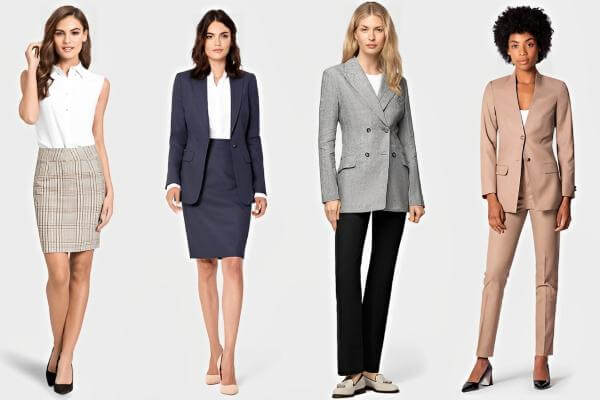
In today’s professional world, corporate attire for women is more than just about looking good; it’s about projecting confidence, competence, and credibility.
As workplace dynamics evolve, so do the norms and expectations around what constitutes appropriate professional attire.

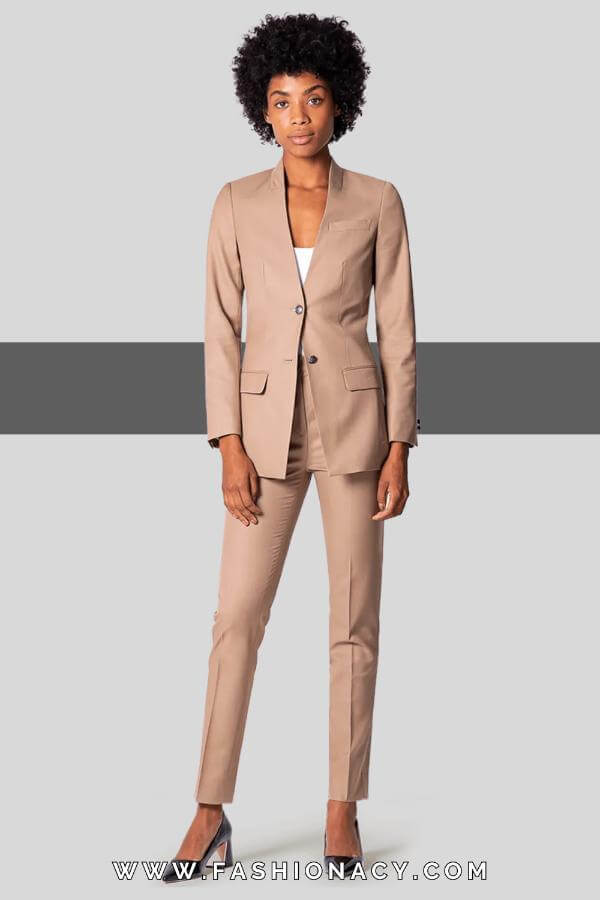
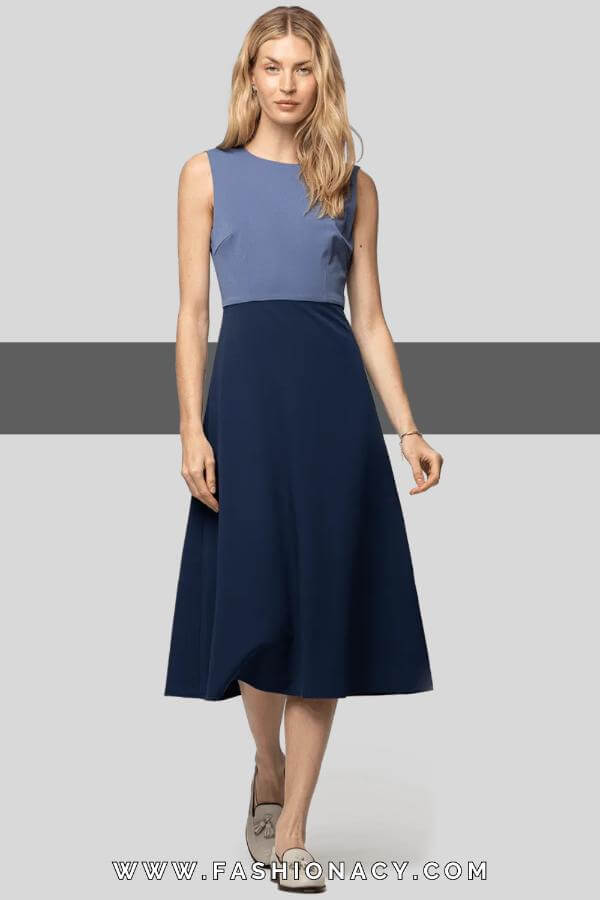
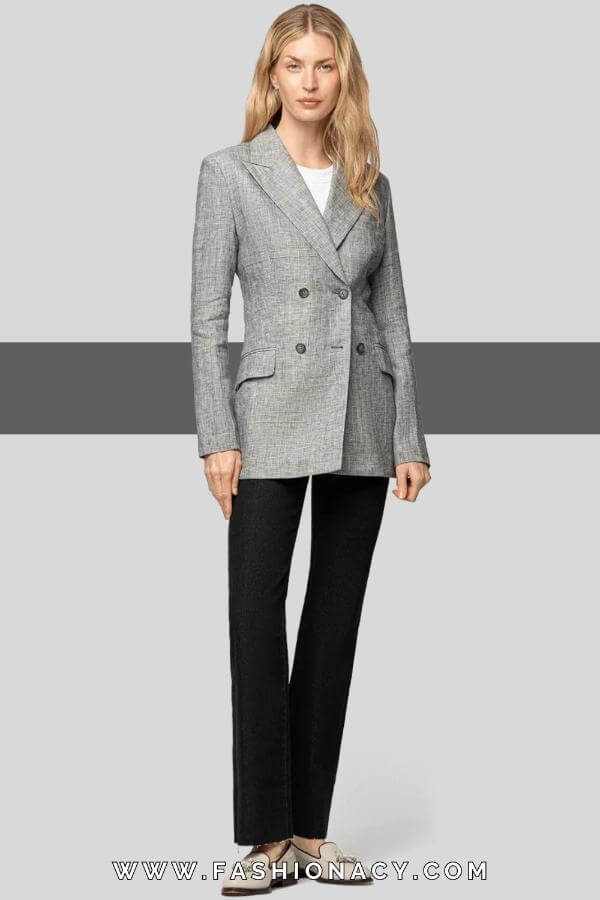
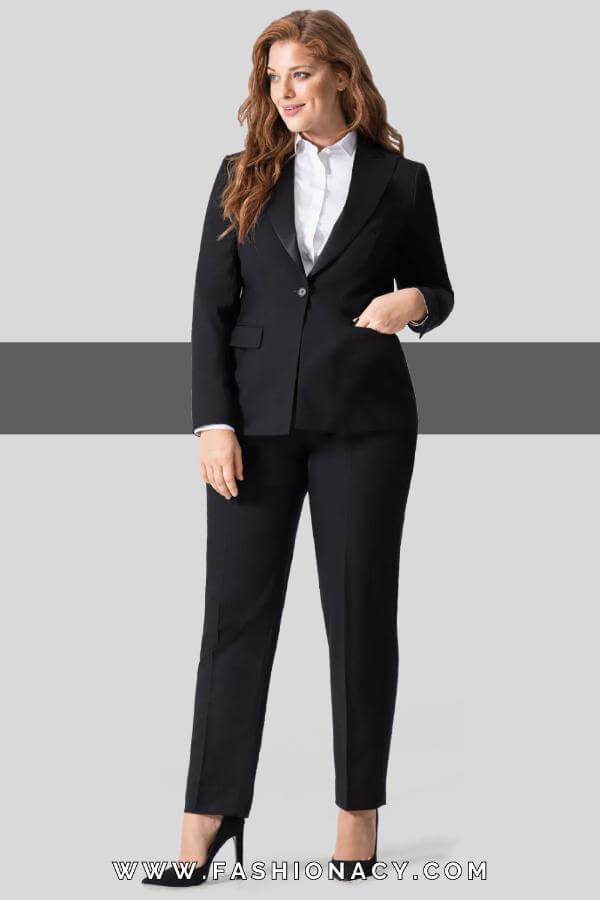

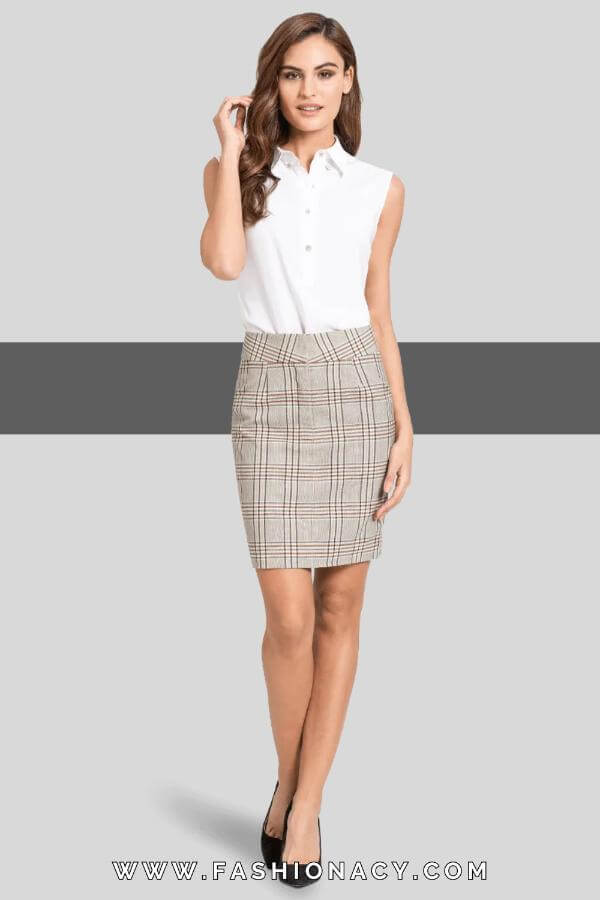
Shop at https://www.sumissura.com
This comprehensive guide delves into the essentials of corporate attire for women, including foundational pieces, accessorizing, and navigating various dress codes.
1. Understanding Corporate Dress Codes
Corporate dress codes can vary significantly between industries and even individual companies. Understanding these dress codes is crucial for selecting the right attire:
- Business Formal: Typically required in traditional industries such as finance, law, and government. This dress code calls for suits, tailored dresses, and conservative accessories.
- Business Professional: A notch below business formal, this is common in corporate settings and involves tailored dresses, skirts, blouses, and blazers.
- Business Casual: A more relaxed approach seen in many modern workplaces, allowing for trousers, skirts, blouses, and cardigans.
- Casual: Found in creative industries and tech companies, casual dress codes offer the most flexibility, but it’s still important to maintain a neat and polished look.
2. Foundation Pieces for a Corporate Wardrobe
Building a versatile and professional wardrobe starts with key foundational pieces:
- Suits: A well-fitted suit is a cornerstone of corporate attire. Opt for neutral colors like black, navy, or grey for versatility. Invest in both pantsuits and skirt suits.
- Blouses and Shirts: Choose high-quality blouses and shirts in fabrics like cotton, silk, or blends. Stick to classic colors (white, blue, pastel) and subtle patterns.
- Dresses: Knee-length or midi dresses in classic cuts are appropriate for most corporate settings. Sheath dresses are particularly popular for their professional and flattering silhouette.
- Skirts and Trousers: Pencil skirts and tailored trousers are essential. Ensure they fit well and are made of good-quality fabric to maintain a polished look.
- Blazers: A blazer instantly elevates an outfit. Have a couple in neutral colors that can be mixed and matched with other pieces.
3. Accessorizing for the Corporate World
Accessories should complement your outfit without overshadowing it. Here are some guidelines:
- Shoes: Closed-toe pumps or flats in neutral colors are a safe bet. Heels should be modest in height.
- Bags: A structured handbag in a neutral color is both practical and stylish. It should be large enough to carry essentials like documents, a tablet, and personal items.
- Jewelry: Keep it simple and elegant. Think stud earrings, a classic watch, and a delicate necklace. Avoid overly large or flashy pieces.
- Scarves and Belts: These can add a touch of personality to your outfit. Choose high-quality materials and subtle patterns.
4. Grooming and Personal Care
Personal grooming is an integral part of your professional image. Here are some tips:
- Hair: Keep it neat and professional. Whether you prefer it long or short, ensure it is clean and styled appropriately.
- Makeup: Opt for a natural look. Foundation, mascara, and a neutral lipstick are often enough for a polished appearance.
- Nails: Keep them clean and manicured. Neutral or soft colors are best.
5. Navigating Seasonal Changes
Corporate attire must adapt to seasonal changes while maintaining professionalism:
- Summer: Choose lightweight fabrics like cotton and linen. Sleeveless blouses and dresses are acceptable if paired with a blazer or cardigan.
- Winter: Layer with cardigans, sweaters, and tights. Wool suits and coats are ideal for staying warm and professional.
6. Cultural and Regional Considerations
Corporate attire can also be influenced by cultural and regional factors. It’s important to be mindful of these, especially in international or diverse workplaces:
- Cultural Sensitivity: Understand the cultural norms of your workplace. In some cultures, modesty is highly valued, and attire should reflect that.
- Regional Climate: Dress appropriately for the local climate while maintaining a professional appearance.
7. Tips for Building and Maintaining Your Corporate Wardrobe
- Invest in Quality: High-quality pieces may be more expensive upfront but will last longer and maintain their appearance.
- Mix and Match: Build a capsule wardrobe with versatile pieces that can be combined in different ways.
- Stay Updated: Fashion trends can influence corporate attire. Stay informed but always prioritize classic and timeless pieces.
- Care and Maintenance: Follow care instructions for your clothing to keep it in good condition. Regular dry cleaning and proper storage can extend the life of your wardrobe.
Conclusion
Corporate attire for women is a blend of style, professionalism, and practicality. By understanding dress codes, investing in foundational pieces, accessorizing appropriately, and maintaining personal grooming, women can project confidence and competence in any professional setting. Whether you’re navigating a business formal environment or a business casual workplace, the key is to feel comfortable and authentic in what you wear.




